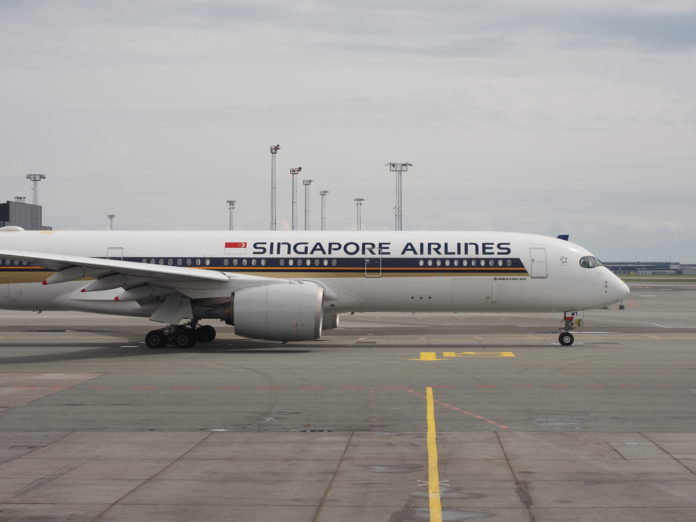Singapore Airlines has become the latest carrier to nudge corporate travel agencies towards using the so-called New Distribution Capability channel when purchasing tickets, by bringing in a $12 penalty for bookings made on global distribution systems.
In an email to its trade partners on July 2, it said it will implement the surcharge from January 4, 2021, beginning in Singapore, Indonesia, Australia, New Zealand, UK, Germany and Switzerland, with other regions to be announced at a later date. Tickets issued through the New Distribution Capability channel will not incur the distribution fee.
The announcement comes at the same time as European carriers weigh their own distribution strategies. However, those discussions have been ongoing and Singapore Airlines’ announcement represents new territory on two fronts.
“Not including Qantas, this is the first surcharge in Asia,” said Jorge Diaz, CEO and founder of online aggregator AirGateway. “It sends a signal to the rest of the industry: this could turn into a global trend. They’re putting the cost of the GDS outside their budget, and offering an alternative to book cheaper tickets.”
Diaz believes it will cause American carriers to sit up and take note.
Meanwhile, European airlines have previously removed the cheaper fares from the global distribution systems, putting them in the New Distribution Capability channel, to encourage take-up. But in this case, Singapore Airlines is going to leave them there.
This will make lives easier for corporate travel agencies — and give them time to adapt. “It’s always better to have the content fully integrated into the global distribution system, even with the surcharge, than having to go to a different source to get the content, as other airlines are doing,” said Joao Taborda, head of sales at Travel Technology & Solutions.
So why now, and what does this mean for corporate travelers?
IDLE TIME
As a result of the travel slump, many companies have used the quiet period to accelerate technology integrations. And having recently secured a $13 billion funding lifeline, Singapore Airlines will now be looking at ways to grow revenue. “The need for faster and more reliable transmission of content is paramount and Singapore Airlines remains committed to make use of new technology to achieve this goal,” the airline said in its trade communication.
WILL FARES RISE?
Corporate travel agencies without the capability to connect to New Distribution Capability fares could be at a disadvantage. Some larger companies can have direct integrations into airlines, and avoid the surcharge, but in Singapore Airlines’ case it’s likely the majority of its business travelers will have booked via an agency.
“This NDC model is bad for travel agents, as they don’t have all the content in one place, as they usually did in the global distribution system,” said Taborda. “This creates a lot of inefficiencies and will reduce the travel agents’ productivity due to the multiple booking channels being opened by airlines… can you imagine if travel agents had to go to each airline website to search their fares?”
Sticking with the traditional method means adding on an extra $12 per ticket. But in some cases it could backfire on the airline, Taborda added, if agencies simply look to present corporates an alternative when they make the fare shopping search.
“The impact to all travel agencies is use New Distribution Capability or pay more,” said Gavin Smith, director of travel technology consultancy Element. But he also thinks the carrier is optimistic: “I don’t see how they will be able to onboard all the agencies, let alone the larger agency players in six months. The deadline will he pushed back.”
Coronavirus seems to be prompting airlines to diversify their reliance on what Diaz describes the “three big global distribution systems”.
“They want to have ownership of the business-to-business channel,” he said. “This surcharge is only the first step, as it’s not enough. They definitely want to go further, and change the model to have as many partners as possible.”


























